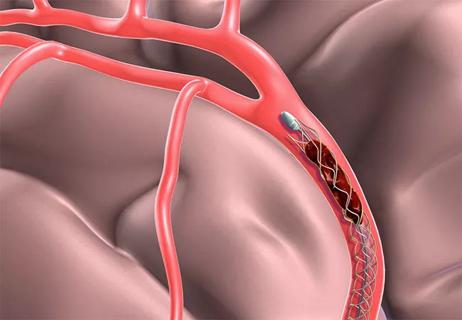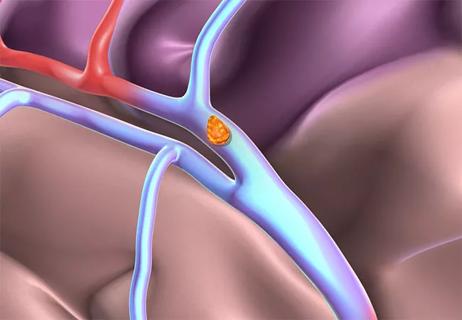Locations:

New article reviews time-to-treatment data and looks ahead to emerging outcomes and cost studies

CSCs achieve timelier acute reperfusion therapy, national study finds

DEFUSE 3 results support lengthening treatment window in imaging-selected patients

One-year stroke mortality rate down by 18 percent over five years
Advertisement
Cleveland Clinic is a non-profit academic medical center. Advertising on our site helps support our mission. We do not endorse non-Cleveland Clinic products or services. Policy
Advertisement
Advertisement